Options do exist, no matter your condition

It’s not easy for some people to engage in what might be considered “normal” exercise. You may be one of them. Perhaps you have arthritis, diabetic neuropathy or a lower-limb prosthesis that makes it difficult or painful to move fast enough to raise your heart rate.
Cleveland Clinic is a non-profit academic medical center. Advertising on our site helps support our mission. We do not endorse non-Cleveland Clinic products or services. Policy
Be reassured there are other methods of stimulating your cardiovascular system and warding off frailty.
“The choices may not be traditional when you have physical limitations, but there are things you can do that are very beneficial,” says Erik Van Iterson, PhD, MS, Director of Cardiac Rehabilitation.
Free-weight arm exercises are unlikely to deliver the same benefits as walking on a treadmill or biking, but bicycling with the arms can be an effective alternative.
“It’s a great way to raise your heart rate, increase your oxygen consumption and improve your strength and endurance,” says Dr. Van Iterson.
Many gyms have arm ergometers, also known as hand cycles or pedal exercisers. They can be purchased online for as little as $25 for use at home. Just make sure you get one with adjustable tension or you will find yourself literally “spinning your wheels.”
Some models are convertible, meaning they can be used by either the hands or feet. If balance is your main issue, pedaling with your feet while sitting in a chair may be easier than you think. In fact, you want to seek a gym with a recumbent cycle and try it out. It’s basically a bicycle you ride while sitting in a chair with full back support.
No matter your physical limitation, walking will be beneficial.
“Walking requires you to integrate your balance, strength and endurance
muscles. It improves your symmetry and makes your core, hip and back stronger,” says Dr. Van Iterson.
Whether you are able to walk independently or require a cane or rollator, he advises you walk at least 25 minutes a day on an even surface, such as a shopping mall.
If you use a wheelchair, he recommends you propel yourself with your arms for at least that long every day.
“Don’t focus solely on needing to raise your heart rate in order to benefit,”
he says. “The goal is to reduce the amount of time you spend sitting or lying down.”
Strengthening your core (the muscles of your torso) will help you maintain your balance and help prevent falls.
It also will make it easier to get up and down out of a chair or bed, or in and out of a car, without assistance.
One of the most basic ways to strengthen your core is to sit up straight. “Practice controlling your posture. It’s especially important if you use a wheelchair,” says Dr. Van Iterson.
If you have access to a pool, you will find water aerobics to be an effective form of exercise that eases stress on the joints.
You can strengthen your upper body by using rubber resistance bands at home.
What all this boils down to is that there is no reason why you can’t reduce your cardiovascular risk through regular exercise, even if you feel you are physically limited.
“There are no excuses. If you convince yourself that exercising isn’t possible, because you are unable to do it, or you don’t have access to exercise equipment or are unwilling to seek it, you are preventing yourself from being successful,” says Dr. Van Iterson.
“You do not have to join a gym or buy exercise equipment for your home. Use your home or neighborhood as your gym. It’s not important how you move; it’s important that you move.”
This article originally appeared in Cleveland Clinic Heart Advisor.
Learn more about our editorial process.
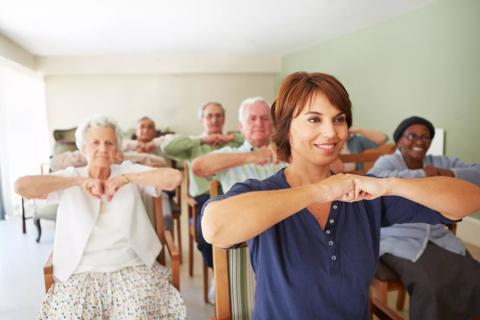
Chair exercises can help people age 65+ retain independence

Both are needed for a healthy body
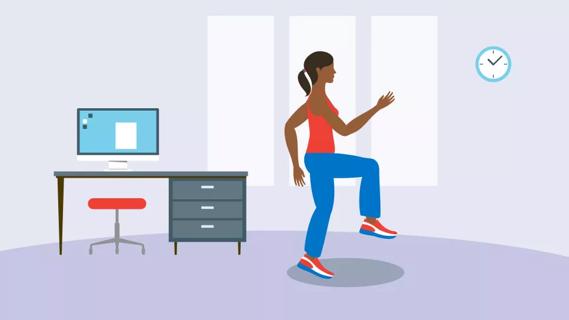
Counteract psoas muscle stiffness and soreness with stretches that lengthen and strengthen
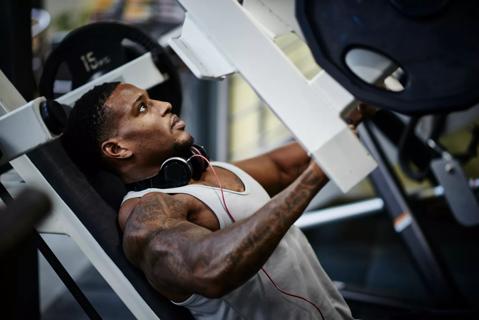
It may be OK, depending on your health, fitness level and type of exercise
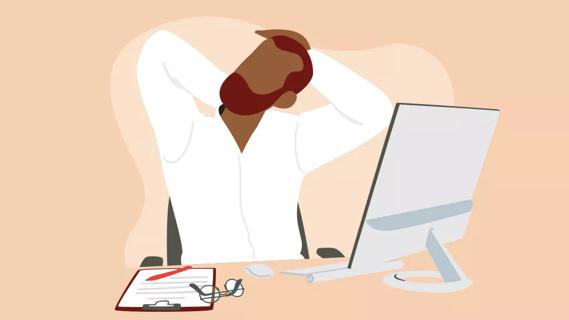
Simple exercises like wall angels and pelvic tilts can help keep your body in an optimal position — and help undo years of improper posture habits
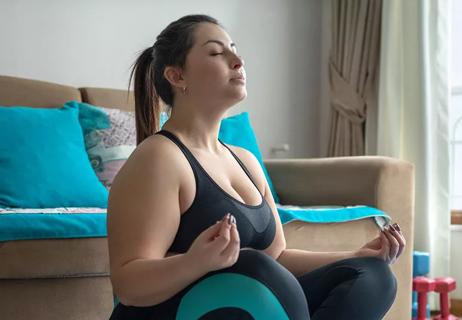
Losing belly fat can reduce your risk for chronic health conditions — try focusing on a diet high in lean protein, exercising regularly, reducing stress and getting quality ZZZs

It’s best to exercise before or after your fast, instead of during it
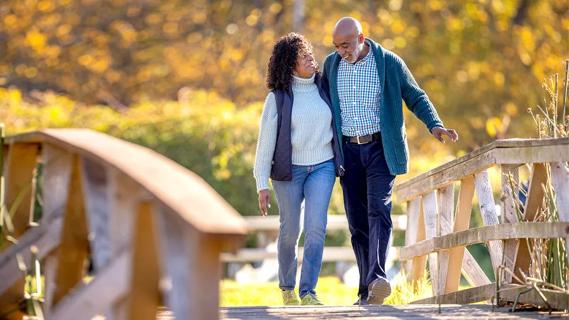
Absolutely! In fact, in many ways, exercise is key to recovery

Your metabolism may torch 1,300 to 2,000 calories daily with no activity

A gentle touch in all the right places may help drain your sinuses